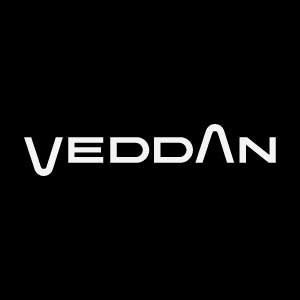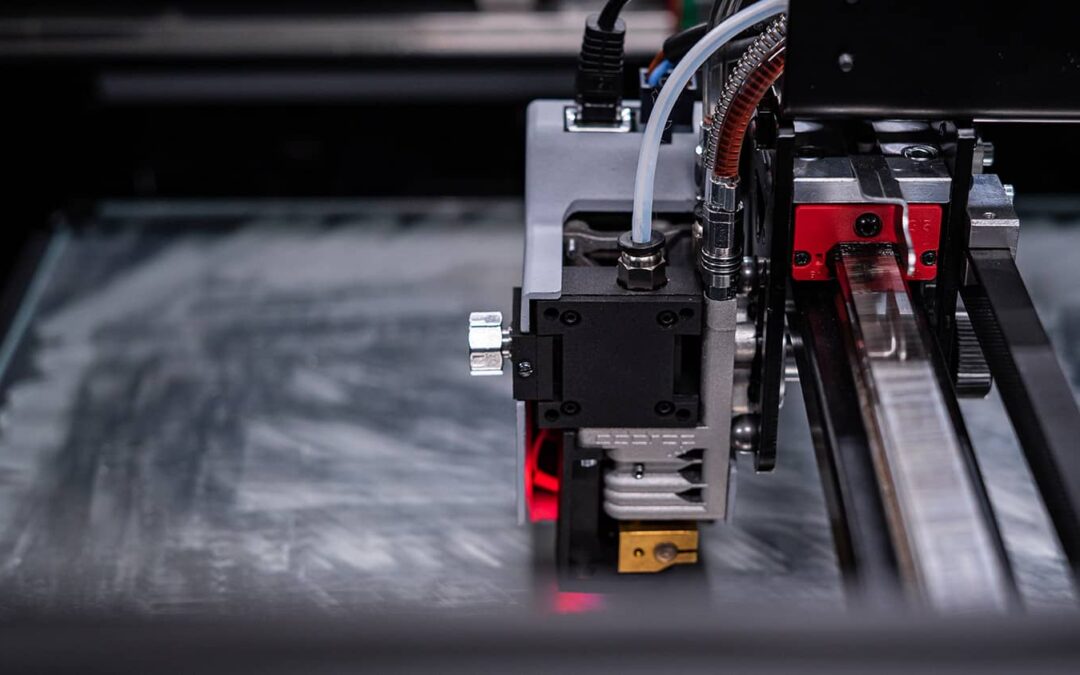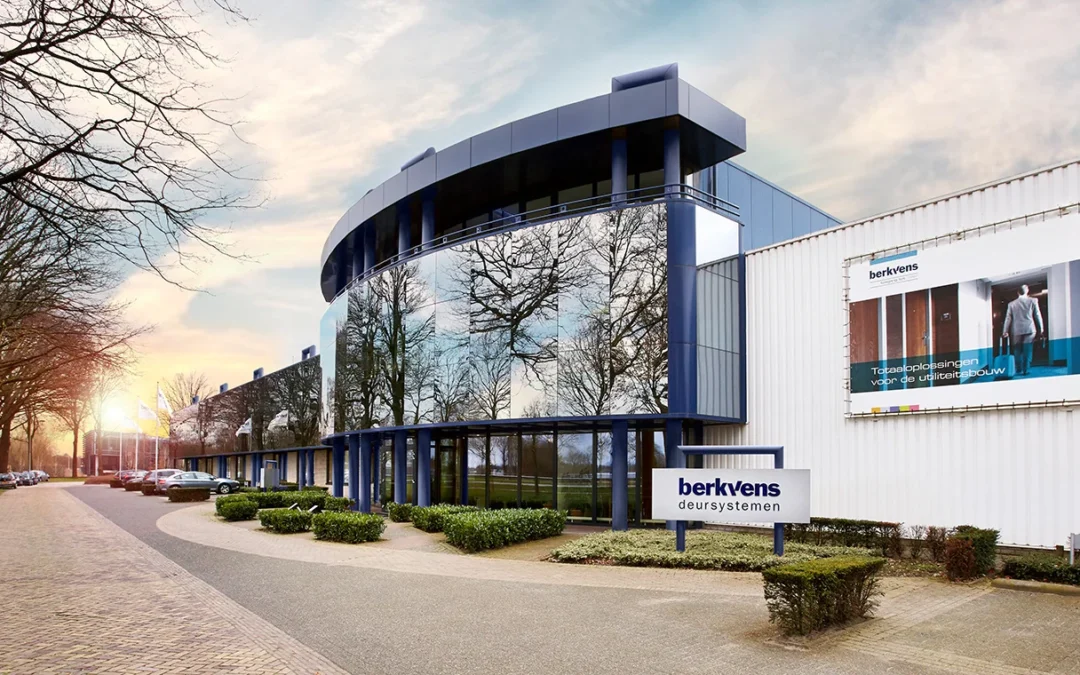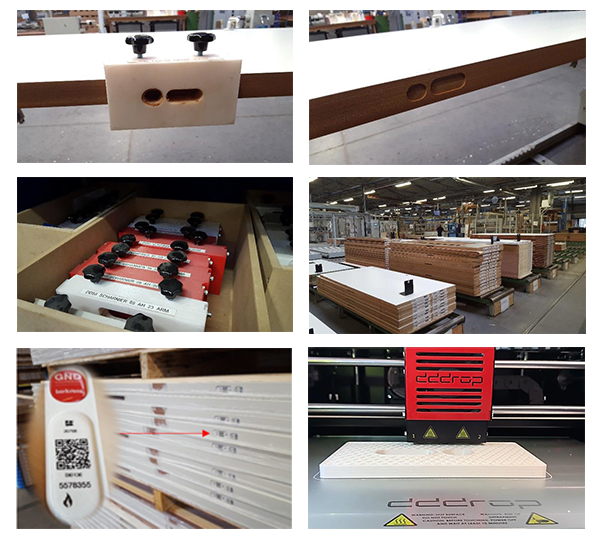
Embraer: Innovation through Additive Manufacturing
Embraer: Innovation through Additive Manufacturing
Embraer, the world’s third largest aircraft manufacturer, located in Gavião Peixoto in São Paulo, stands out for its disruptive innovation in additive manufacturing, using dddrop industrial 3D printers. A successful project was carried out, combining creativity and cutting edge manufacturing in composite materials through 3D printing.



Learn more about Embraer here.
Learn more about dddrop Brazil here.
Read the original article here.
















